Photo Gallery for Paleacrita vernata - Spring Cankerworm Moth | 32 photos are available. Only the most recent 30 are shown.
|
 | Recorded by: Mark Basinger on 2024-03-09
Brunswick Co.
Comment: |  | Recorded by: Mark Basinger on 2024-03-09
Brunswick Co.
Comment: |
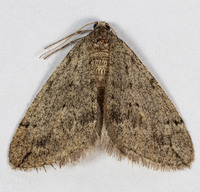 | Recorded by: Stephen Hall on 2024-02-09
Orange Co.
Comment: | 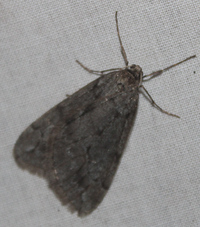 | Recorded by: Vin Stanton on 2023-02-16
Buncombe Co.
Comment: |
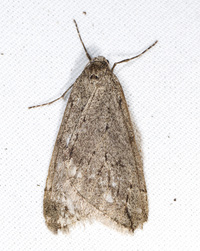 | Recorded by: John Petranka on 2023-01-19
Orange Co.
Comment: | 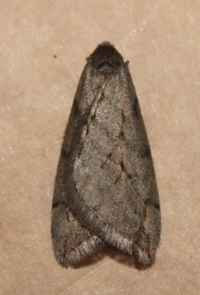 | Recorded by: Vin Stanton on 2022-12-07
Buncombe Co.
Comment: |
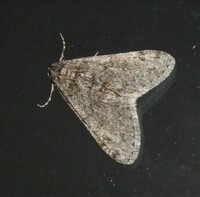 | Recorded by: Simpson Eason on 2021-12-28
Durham Co.
Comment: | 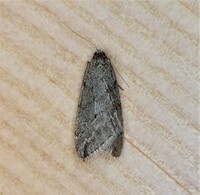 | Recorded by: Gary Maness on 2021-03-12
Guilford Co.
Comment: |
 | Recorded by: Gary Maness on 2021-02-10
Guilford Co.
Comment: | 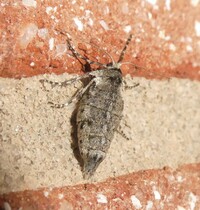 | Recorded by: Simpson Eason on 2021-01-22
Durham Co.
Comment: |
 | Recorded by: Gary Maness on 2021-01-22
Guilford Co.
Comment: | 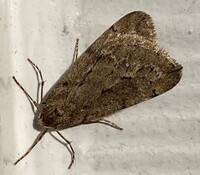 | Recorded by: Dean Furbish on 2021-01-14
Wake Co.
Comment: |
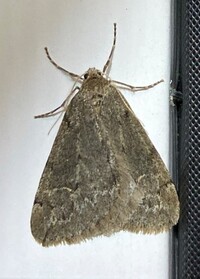 | Recorded by: Dean Furbish on 2021-01-12
Wake Co.
Comment: | 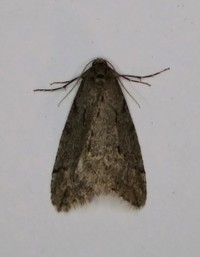 | Recorded by: Gary Maness on 2020-03-11
Guilford Co.
Comment: |
 | Recorded by: Gary Maness on 2020-02-25
Guilford Co.
Comment: | 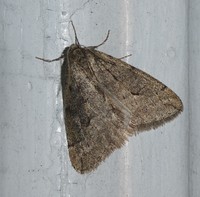 | Recorded by: Simpson Eason on 2020-02-05
Durham Co.
Comment: |
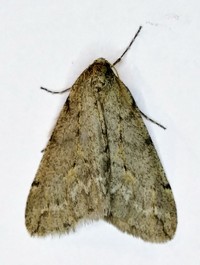 | Recorded by: Gary Maness on 2019-02-21
Guilford Co.
Comment: | 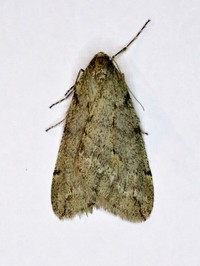 | Recorded by: Gary Maness on 2019-02-21
Guilford Co.
Comment: |
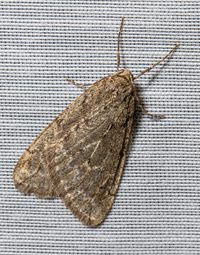 | Recorded by: Stephen Hall on 2018-02-20
Orange Co.
Comment: | 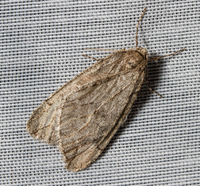 | Recorded by: Steve Hall on 2015-02-08
Orange Co.
Comment: |
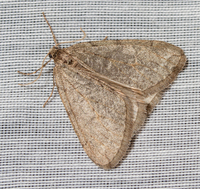 | Recorded by: Steve Hall on 2015-02-08
Orange Co.
Comment: | 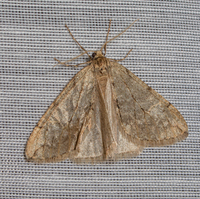 | Recorded by: Steve Hall on 2015-01-20
Orange Co.
Comment: |
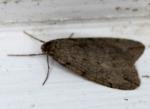 | Recorded by: T. DeSantis on 2014-02-23
Durham Co.
Comment: | 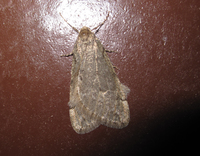 | Recorded by: Lenny Lampel on 2013-01-11
Mecklenburg Co.
Comment: |
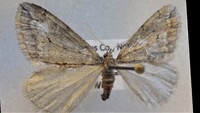 | Recorded by: Darryl Willis on 2012-02-11
Cabarrus Co.
Comment: |  | Recorded by: Paul Scharf on 2011-11-26
Warren Co.
Comment: |
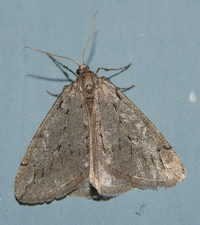 | Recorded by: Vin Stanton on 2011-02-18
Buncombe Co.
Comment: |  | Recorded by: Vin Stanton on 2011-01-29
Buncombe Co.
Comment: |
 | Recorded by: Paul Scharf on 2011-01-25
Warren Co.
Comment: |  | Recorded by: Paul Scharf on 2010-01-24
Warren Co.
Comment: |
|